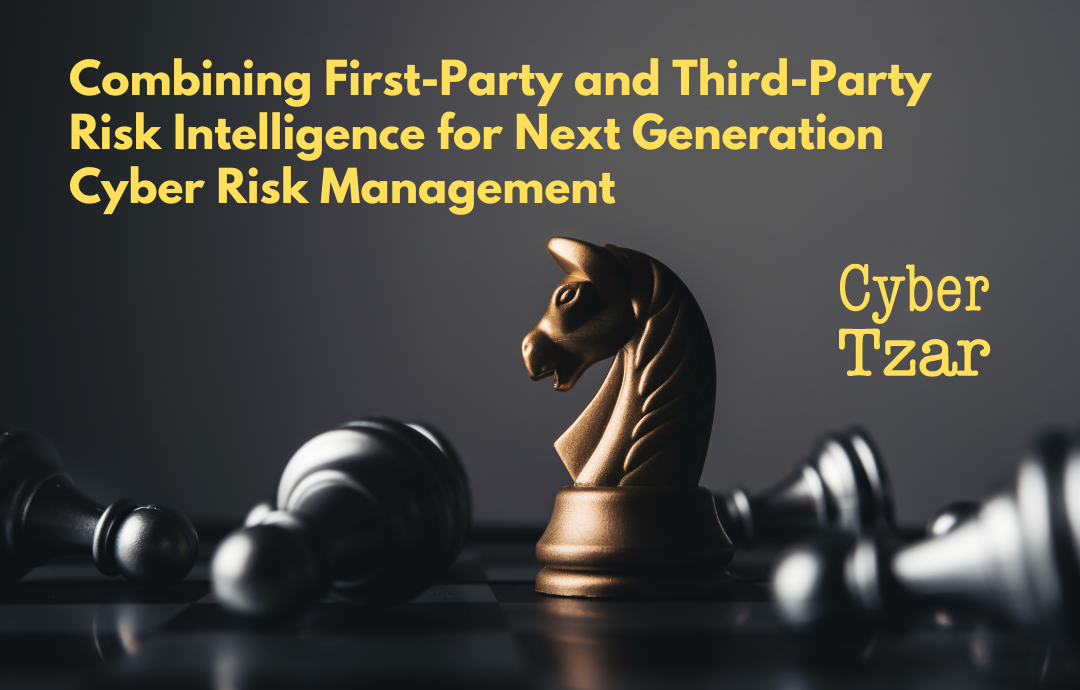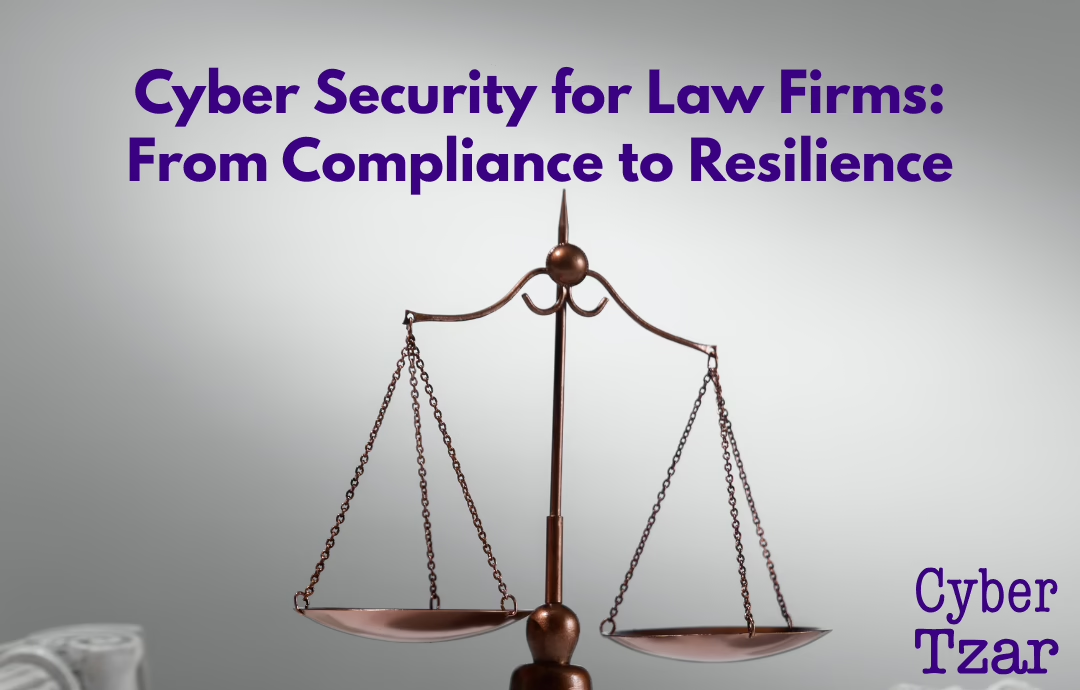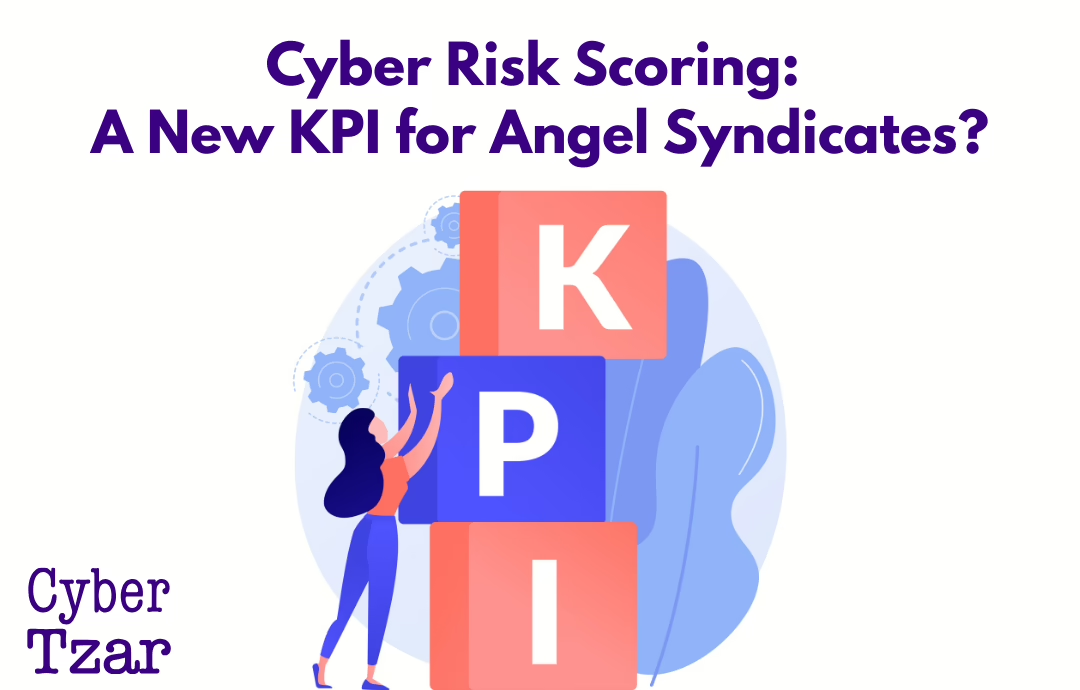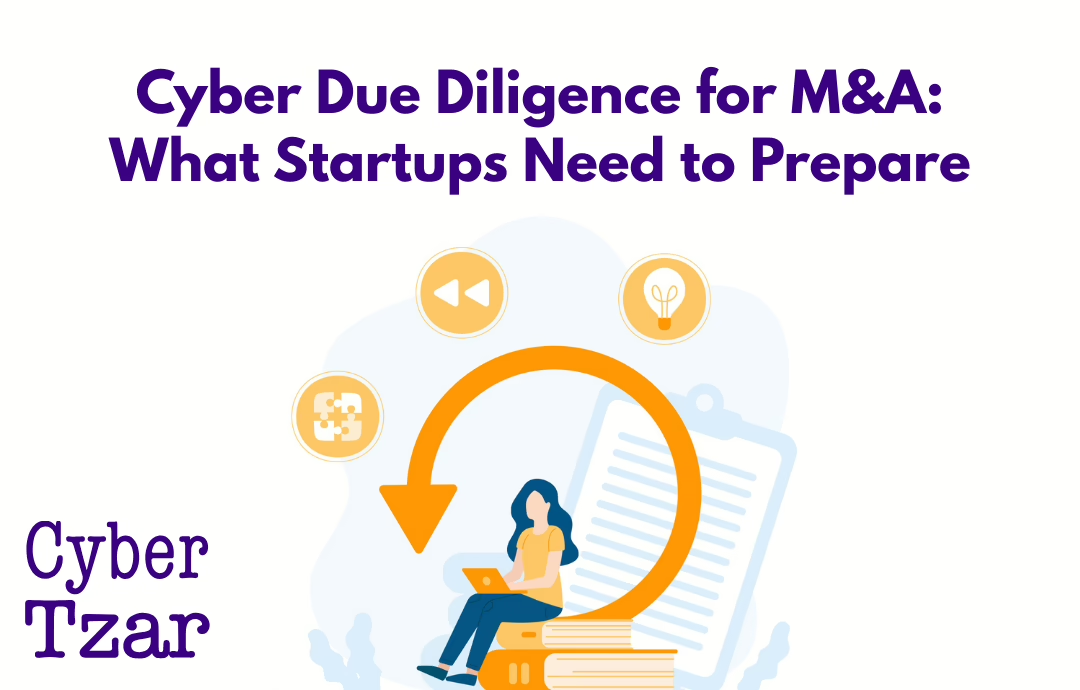Harmonizing First-Party and Third-Party Risk Intelligence for Enhanced Security
In the interconnected world of business, managing risk is a complex task that extends beyond the boundaries of any single organization. Companies must not only be vigilant about their own risk management but also that of their suppliers, partners, and customers. This article delves into the importance and strategies of combining first-party risk intelligence with third-party supplier, partner, and customer risk intelligence to create a more comprehensive and effective risk management framework.
Understanding First-Party and Third-Party Risk Intelligence
What are “First-Party and Third-Party Risk Intelligence”?
First-Party Risk Intelligence
First-party risk intelligence involves understanding and managing risks that originate within your organization. This includes internal cybersecurity threats, compliance risks, operational vulnerabilities, and more. It’s about having a clear view of your organization’s risk landscape and mitigating those risks effectively.
Third-Party Risk Intelligence
Third-party risk intelligence, on the other hand, refers to the risks that arise from your organization’s external associations — namely, your suppliers, partners, and customers. These risks can include cybersecurity threats that come through the supply chain, reputational risks from association with certain partners, or financial risks due to customer behaviour.
The Need for Integrating First-Party and Third-Party Risk Intelligence
What is the need for the integration of First-Party and Third-Party Risk Intelligence:
- Comprehensive Risk View: By combining these two facets of risk intelligence, companies can gain a more holistic view of their risk landscape. This is crucial in today’s interconnected business environment, where external and internal risks are often intertwined.
- Proactive Risk Management: Integrated risk intelligence allows for proactive risk management strategies. It helps in anticipating and mitigating risks before they escalate into serious issues.
- Compliance and Regulatory Requirements: Many industries are subject to stringent regulatory requirements regarding data protection and privacy. An integrated approach to risk management ensures compliance with these regulations across all business relationships.
- Supply Chain Security: In an age where supply chains are increasingly digital and global, understanding the risks posed by third parties is crucial for the security of the supply chain.
Strategies for Combining First-Party and Third-Party Risk Intelligence
How can we successfully integrate First-Party and Third-Party Risk Intelligence:
- Unified Risk Management Framework: Develop a risk management framework that encompasses both internal and external risk factors. This framework should include policies, procedures, and tools for identifying, assessing, and mitigating risks.
- Continuous Monitoring: Implement continuous monitoring mechanisms for both first-party and third-party risks. This includes regular audits, real-time threat intelligence feeds, and automated risk assessment tools.
- Collaboration and Communication: Foster a culture of open communication and collaboration both within the organization and with third parties. This helps in sharing vital risk-related information and building a more resilient risk management network.
- Vendor Risk Management Program: Establish a comprehensive vendor risk management program that evaluates and monitors the risks associated with each supplier or partner.
- Customer Risk Assessment: Understand and monitor the risks that customers bring, especially in sectors like finance where customer actions can significantly impact the organization.
Conclusion
Combining first-party and third-party risk intelligence is not just a best practice; it’s a necessity in today’s complex business environment. By doing so, organizations can create a more dynamic, responsive, and comprehensive risk management strategy. This integrated approach helps in safeguarding not only the organization but also its extended network of suppliers, partners, and customers. As businesses continue to evolve and interconnect, the ability to manage both internal and external risks effectively will be a key differentiator and a critical component of sustainable success.



